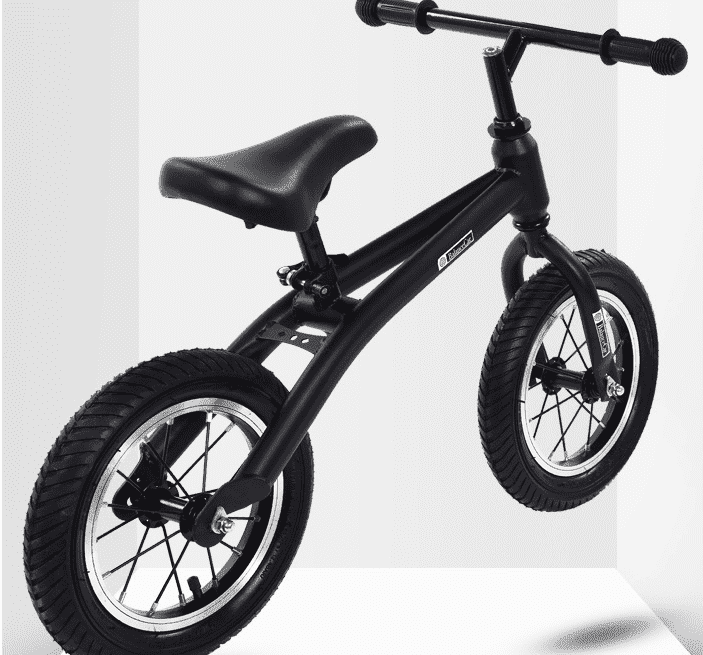Oct . 18, 2024 16:51 Back to list
Exploring the Benefits and Safety of Baby Walkers for Early Mobility Development
The Pros and Cons of Baby Walkers A Comprehensive Overview
Baby walkers have long been a popular choice for parents eager to encourage their children to explore movement and gain independence. These devices, which consist of a seat suspended within a frame on wheels, allow babies to roll around while providing them with support. However, the use of baby walkers has become a topic of considerable debate among parents, pediatricians, and child development experts. In this article, we will delve into the pros and cons of baby walkers to help parents make an informed decision.
Advantages of Baby Walkers
1. Assisting Mobility One of the primary benefits of a baby walker is that it allows infants to move around without needing to crawl. This can be particularly exciting for babies who are eager to explore their surroundings, as walkers give them a sense of freedom and independence.
2. Encouraging Exploration Baby walkers can stimulate a child's curiosity by enabling them to reach toys and objects that may be otherwise out of reach. This exploration can help develop motor skills and spatial awareness as children learn to navigate their environment.
3. Entertainment Value Many baby walkers come equipped with toys, music, and interactive elements that can entertain infants. This feature can keep babies occupied, giving parents a little breathing room and time to tend to household tasks.
4. Social Interaction Walkers may also promote social interaction. As babies roll around in their walkers, they can easily engage with family members and siblings, helping to enhance social skills early on.
Disadvantages of Baby Walkers
1. Safety Concerns One of the most significant drawbacks of baby walkers is the safety risk they pose to infants. Babies in walkers can reach dangerous areas or objects quickly, which can lead to accidents. Falls down stairs or collisions with furniture are common incidents reported by parents.
2. Delaying Developmental Milestones Some experts argue that walkers may delay a child's natural milestones. Babies learn to crawl, stand, and walk through a sequence of physical development. By using a walker, babies may skip the crawling stage, which is crucial for developing coordination and strength.
baby walker

3. Poor Posture and Technique Walkers can encourage an unnatural walking position that may lead to postural issues or improper walking techniques. Babies often lean too far forward in walkers, potentially leading to muscle imbalances that can affect their walking development.
4. Limited Engagement with the Environment While baby walkers provide mobility, they may limit the engagement children have with their immediate world. Babies who are always in a walker may miss out on experiences that encourage crawling, which helps develop critical muscle strength and coordination.
Recommendations for Parents
Given the potential risks and benefits of baby walkers, parents should consider several factors before deciding to use one.
- Supervision is Key If you choose to use a walker, always supervise your child. This can help minimize the risk of accidents and injuries.
- Age-Appropriateness Ensure that the walker is age-appropriate and suited for your child’s size and developmental stage. Some devices may not be safe for younger infants.
- Alternative Options Instead of a traditional walker, parents can consider alternatives like push toys or play mats that promote crawling and standing, allowing for safer exploration of movement.
- Consulting Professionals Consulting with a pediatrician or child development expert can provide personalized guidance tailored to your baby's unique needs. They can offer insight into when to introduce mobility aids and how to encourage motor skill development safely.
Conclusion
Ultimately, the decision to use a baby walker should rest on a thorough understanding of the potential advantages and disadvantages. While they can provide entertainment and facilitate movement, the safety risks and possible developmental implications make it crucial for parents to weigh their options carefully. By staying informed and vigilant, parents can ensure that they foster a safe and supportive environment for their child's growth and development.
-
Kiddo Bike Lightweight & Safe Y Bike Balance Bike for Kids
NewsJul.08,2025
-
Velo Junior Balance Bike – Lightweight & Safe Kids Learning Bike for Toddlers
NewsJul.08,2025
-
Graco Purple Stroller – Stylish, Safe & Comfortable Baby Transport Solution
NewsJul.07,2025
-
Tough Trike Tricycle for Kids – Durable & Safe Walkable Trike for Toddlers
NewsJul.07,2025
-
Kids Cycle for Sale - Durable & Safe Bikes for Kids from Top Factories
NewsJul.07,2025
-
Best Toddler Exercise Bike – Safe & Fun Child's Exercise Bike for Active Kids
NewsJul.06,2025
